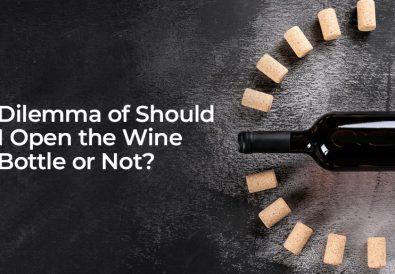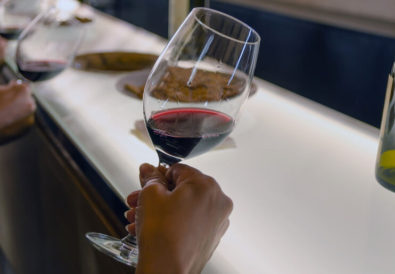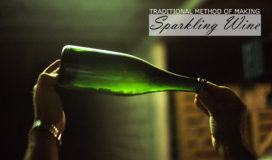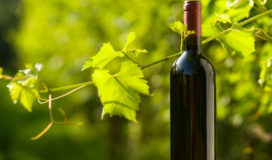There is a very famous misconception that wines get better with age or a improve on the extended ageing process. That’s not true, not really. The truth is – ageing changes wine, not categorically improve or worsen it.
How does a red wine changes over ageing?
With time, the sugars, acids and tannins present in the red wine alter its taste with a change in aromas, colour, and mouthfeel. The resulting wine may feel pleasing to the taster, but over cellaring may neutralise the taste of a wine. When it comes to red wines, some may be enjoyed more while they are young and fresh, while others show enhanced palate over ageing.
What determines wine ageing?
Wine ageing is influenced by many factors like variety of the grape, viticulture practices, harvesting time, vintage, wine region, winemaking style, bottling and cellaring. Every vintage of wine is different from its previous one. Depending on how a wine is cellared determines its final taste. This means cellaring is very important for a wine and so must be given due weightage.
How long should a red wine be cellared?
As discussed earlier, the ageing on the red wines depends on various factors. To know the cellaring potential of a red wine, consider the variety first. Varieties like Gamay, Dolcetto and Zweigelt have a cellaring potential of 1-3 years; Merlot, Barbera, Zinfandel, and most Pinot Noir can be cellared for 3-5 years; Shiraz, Grenache, Malbec, Tempranillo, Sangiovese-based wines and most Cabernet Franc wines show a cellaring potential of 5-10 years; and Nebbiolo, Tannat, Cabernet Sauvignon, are some varieties that can be aged for 10-20 years or more. Have a look at the chart for a clearer view.

Concluding
Several other factors like temperature and wine region play a major role in determining the final outcome. It’s important that you take into account all the factors for accurately determining the cellaring potential of a wine, and also how you can work around it.

















Pingback: White Wines and their Cellaring Potential | All About Wines and Wineries of Australia - Get Wined!
Pingback: Top 5 Red Wine Varietals and Regions Where These are Best Grown | All About Wines and Wineries of Australia - Get Wined!
Thanks for sharing a smart thought.